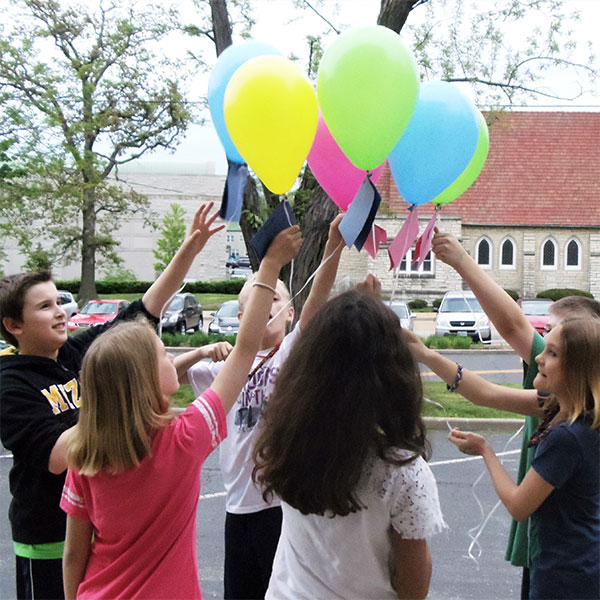Annie’s Hope Lives On
It was a celebration of life. Of many lives comforted, strengthened and healed after the death of a loved one. It was 2018, the 20th anniversary of Annie’s Hope, and the first time the parents of the young lady for whom the organization was named were able to see firsthand the extent of its mission and meet some of the estimated 50,000 individuals it has touched.
“They were overwhelmed and gratified and believed that Annie would be very proud,” says Amy Benner LaBelle, Annie’s Hope Grants and Events Director. Annie was diagnosed with leukemia at the age of 12 and battled bravely for several years. She was in full remission when a sudden infection took her life. When she died, Annie was attending college with the hope of helping others in their fight with cancer, says LaBelle.
It was this courageous spirit that drew in Becky Sloan Byrne, Executive Director and Founder of Annie’s Hope. At that time, Byrne was a pediatric oncology nurse at the University of Iowa, where Annie was being treated, and the two became fast friends. Byrne not only got to know Annie and her other patients on a personal level, but also their families and the brave faces that masked deep layers of bewilderment, fear and grief. When a child died, families were left without direction and no sense of returning to a normal life, and there were no support systems in place, no outlet for their pain, she discovered, particularly for the other children in the family.
Moving to St. Louis Children’s Hospital in 1987, Byrne began organizing support groups for parents and developing programming for grieving children and teens. “Once she took this on, she didn’t let go,” says LaBelle. In 1998, Annie’s Hope received its nonprofit status and today has 10 unique, completely free bereavement programs for kids ages 3 to 18, with an emphasis on helping them process, understand and find meaning in death.
About one in six children will experience the death of a parent or sibling before the age of 18, and the St. Louis community can expect 4,000 kids to be newly bereaved every year. “Unfortunately, few of us know the right things to do for them or how to respond to their questions,” says LaBelle. Through various activities, camps and retreats, Annie’s Hope helps children explore their emotions and concerns, learn coping skills and move to a place of peace and joy.
“The most impactful thing that happens is realizing they’re not alone,” says LaBelle. When they attend Camp Courage in June, for example, kids will look around and see 80 to 90 others in the same boat, she says. “It hits them that everyone there knows what they are feeling and there’s an instant connection. Only those that have gone through the same experience really ‘get it.’”
Often, groups will form among participants based on the cause of death, says LaBelle, adding that the camp has seen a spike in children and teens dealing with deaths due to overdose and suicide in recent years. Many will remain in contact long after the five-day camp ends, “and families know they can reach out to us at anytime to talk,” she says.
Educating parents on how best to approach their child on the subject of death – or prepare them for an inevitable death – is an important aspect of Annie’s Hope, according to LaBelle. “Death is so abstract for kids and they have lots of questions,” she says. “As parents, we have a tendency to want to shield them from the truth, but we encourage parents to use real words, such as ‘died’ and ‘dying,’ and not to underestimate their child’s strength or sensibilities.”
LaBelle describes a time she was helping lead a weekly support group of 7- and 8-year-olds. “They were all very active and easily distracted – common grief behaviors. We couldn’t get them to sit still for anything,” she says. That was until a session in which the kids were asked to draw a picture of their home before and after the death. One young girl whose twin brother had accidentally drowned in the bathtub depicted her “after” house missing one of the bathrooms.
LaBelle says several in the group pointed out the difference, so the girl explained that the family ‘doesn’t go in that bathroom since Grady died in there.’ “She hadn’t spoken his name before and it stopped everyone in their tracks. All of the kids listened intently as she began to open up and allowed her talk for a long while. They understood the breakthrough that was happening.”
